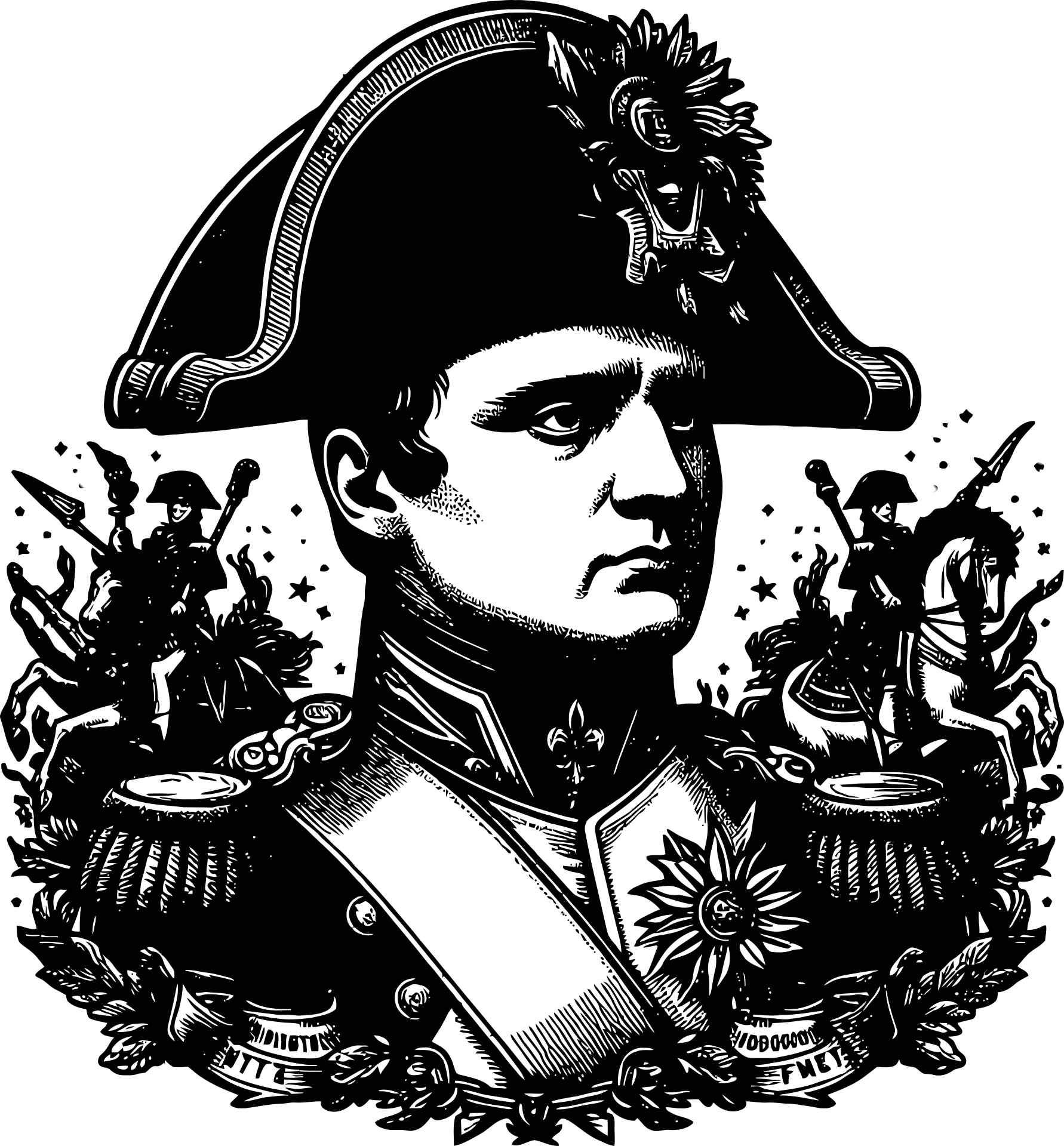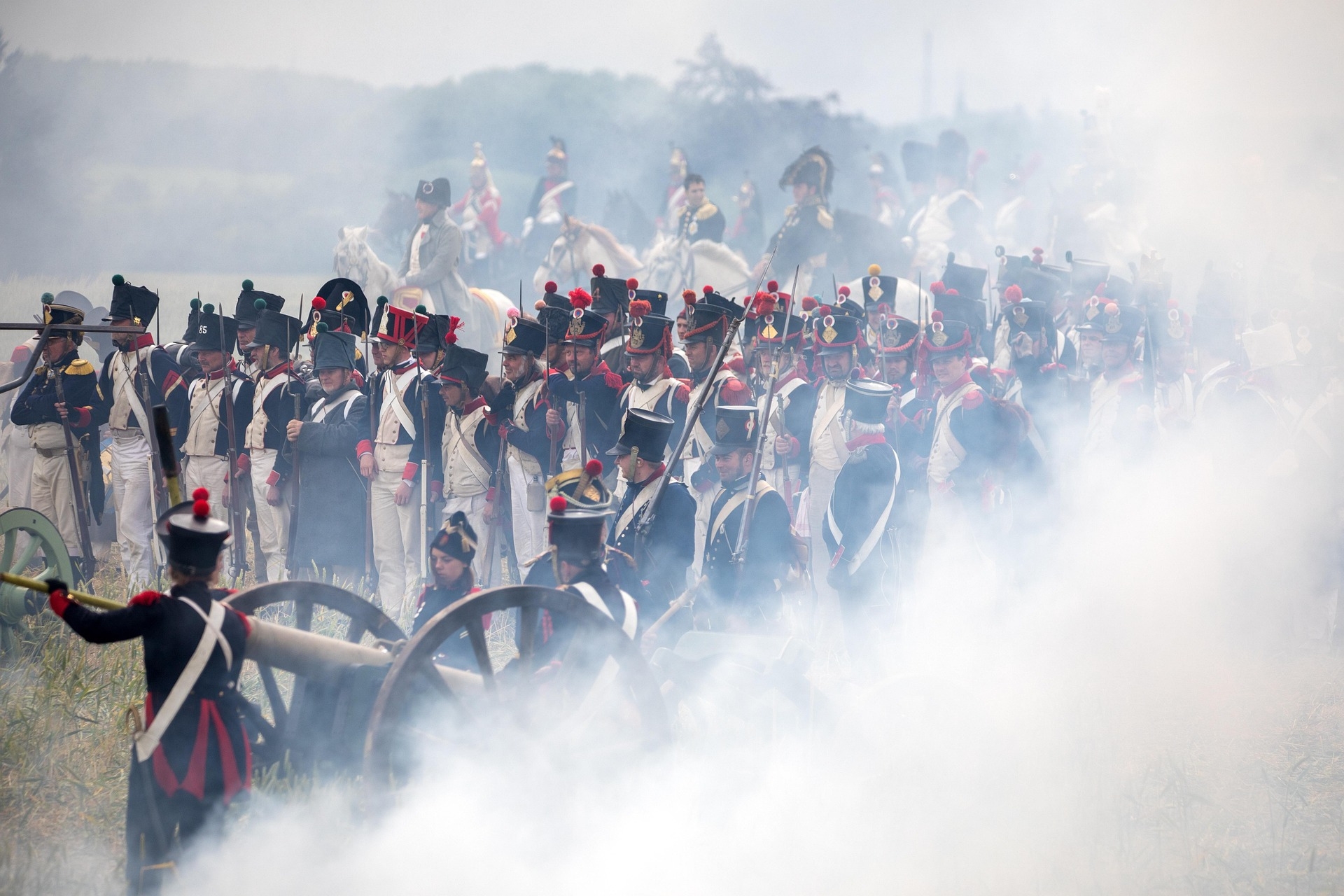
The Battle of Waterloo: A Turning Point in History
Waterloo was the first time that Napoleon Bonaparte and his great adversary the Duke of Wellington had found themselves on the same battlefield at the same time. Though it is not clear whether the two men ever met, a popular story from the battle is that Wellington was approached by an officer who claimed to have a clear shot at Napoleon. Wellington bluntly refused his request to fire, declaring that “it is not the business of commanders to be firing upon one another.”

After Wellington had thwarted Napoleon’s aggressive attempts to expand the French empire throughout Europe, he was forced to abdicate as Emperor of France and went into exile in Elba in 1814. Wellington became Britain’s Ambassador to France and was in Vienna representing Britain in the negotiations to redraw the political map of Europe when he heard that Napoleon had left Elba and was marching to Paris with an army to resume his position as Emperor.
The strategy
Wellington was offered the choice of remaining in Vienna as Britain’s Ambassador or becoming Commander-in-Chief of the Allied Armies of Europe united in opposing Napoleon. Thankfully, he chose the latter, and pausing only to declare Napoleon an international outlaw, he hurried to Brussels, to take up command of the Anglo-Allied army. This comprised about 68,000 infantrymen, cavalrymen and gunners from Britain, the Netherlands, Hanover, Nassau and Brunswick. Many were fresh recruits with little if any battle experience and Wellington considered them “very weak and ill-equipped”.
On 16 June, Napoleon attacked the 50,000-strong Prussian army at Ligny, and after a day of fierce fighting, he forced them to retreat. However, he was unable to prevent them from regrouping. Assuming that they would march back to Prussia, Napoleon didn’t pursue them. Instead, he immediately marched his army north to where the Anglo-Allied army was camped, just outside Waterloo. It had rained heavily the night before, and Napoleon made the fateful decision to wait until the ground had hardened before attacking Wellington’s forces in the afternoon. This delay was, with hindsight, to prove a critical mistake, because it gave the Prussians valuable time to regroup and march to Waterloo to assist the British.

When the Prussians did arrive from the east at about 7 pm it marked the turning point of the battle. Wellington ordered a general advance, and the French who suddenly found themselves attacked from two sides withdrew in confusion. The Prussians pursued the retreating French army for about eleven miles south of the battlefield. By the time Blücher and Wellington met on the battlefield shortly after 9 pm, it was as victors.
The aftermath
Victory came at a heavy cost. Whilst details of the casualties sustained in the Battle of Waterloo vary, it is generally accepted that Napoleon’s army saw about 26,000 men killed or wounded, 8,000 captured and 15,000 desertions. Wellington’s army suffered nearly 17,000 killed, wounded or missing, and the Prussians lost an additional 7,000 men.
The French Emperor is said to have walked away from the battlefield weeping that he had not been killed in the fighting. He abandoned his army and returned to Paris to abdicate for the second time, his dreams of a European Empire in tatters. This time, he was sent in exile to a remote island from which he would not return, Saint Helena. The Napoleonic Wars that had ravaged Europe were over.
The outcome of the Battle of Waterloo was in doubt right up until the end. Wellington himself described it as “the nearest-run thing you ever saw in your life", and the battle only turned decisively in his favour when the Prussians arrived. The following day, the Duke visited the battlefield and wept over his fallen comrades, saying; “I hope to God that I have fought my last battle. It is a bad thing to be always fighting.”



